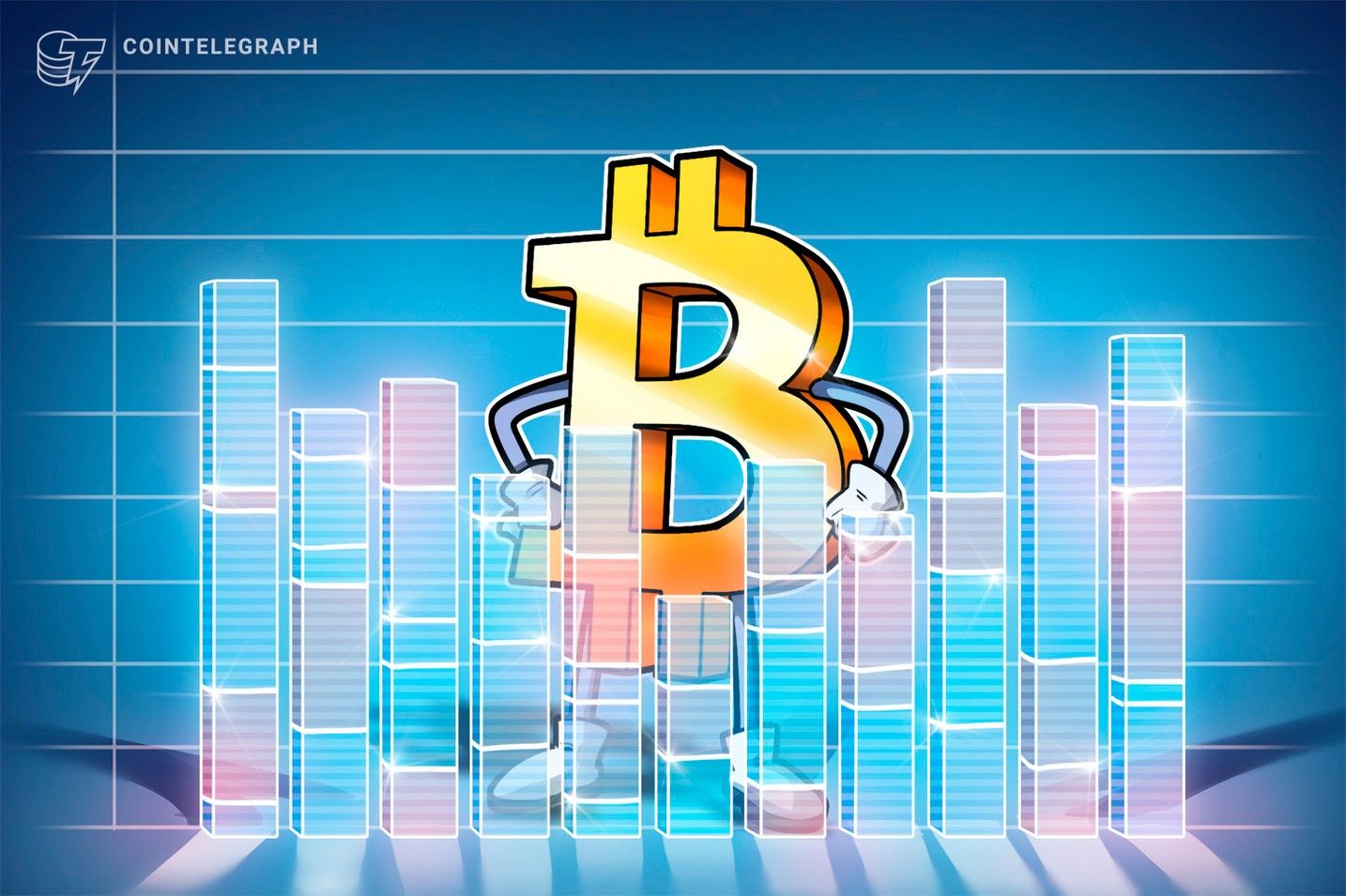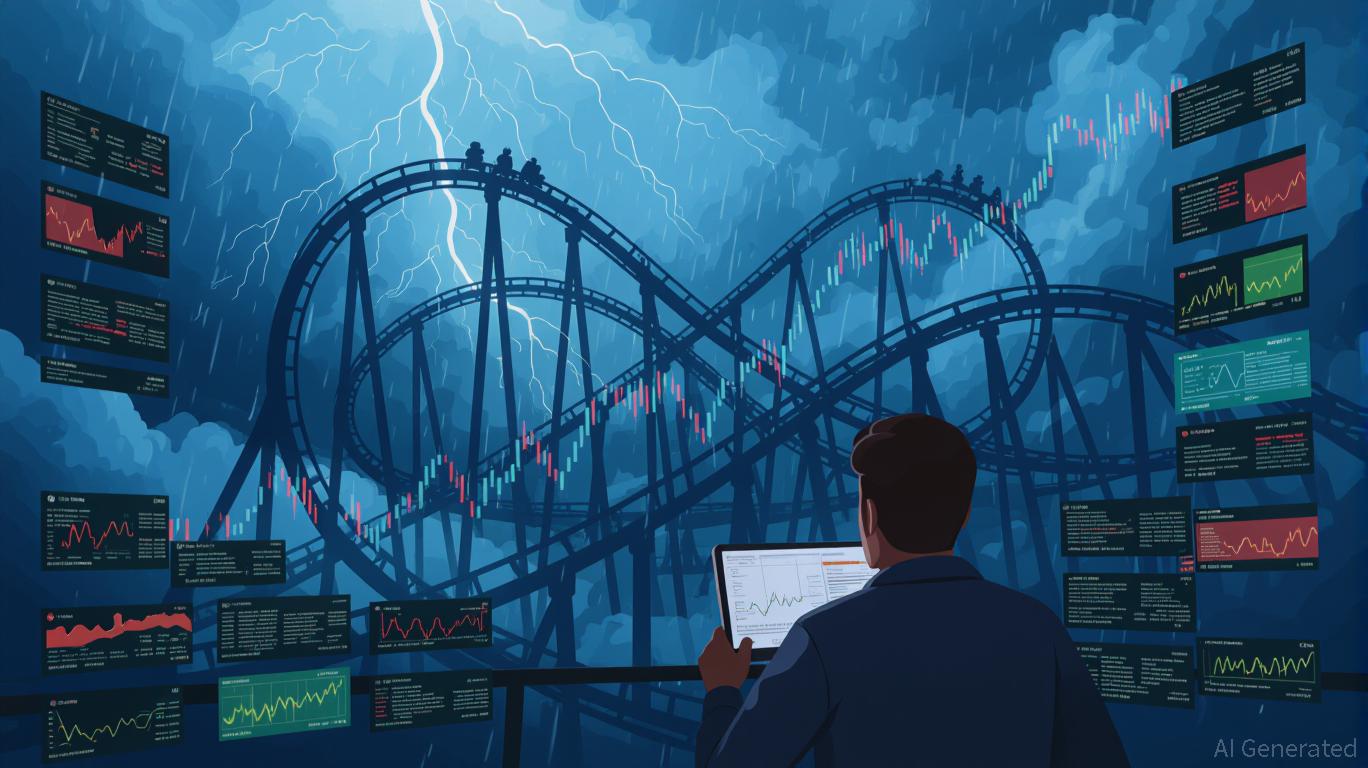Why web3 needs decentralized infrastructure before it’s too late
The October 20, 2025 AWS outage exposed the fragility of centralized systems, underscoring the urgent need for web3 to embrace truly distributed, resilient infrastructure.
- A routine AWS update caused widespread failures across apps, gaming platforms, banking services, and parts of the crypto ecosystem, revealing a single point of failure in critical infrastructure.
- Web3’s reliance on a few centralized cloud providers threatens the very decentralization it champions, risking downtime and trust whenever a region goes offline.
- Distributed, redundant hardware and proactive engineering, as implemented by NOWNodes, can absorb failures and maintain service continuity, making infrastructure itself a foundation of trust.
On October 20, 2025, the internet faltered. For hours, countless apps, platforms, and services simply stopped working. Fortnite froze. Snapchat crashed. Alexa went silent. Even major banking and trading apps were down.
The cause wasn’t a cyberattack or a hack; it was a routine software update gone wrong in Amazon Web Services’ US-EAST-1 region, one of the most relied-upon pieces of digital infrastructure on the planet.
A small configuration change led to DNS failures that rippled across the global web, breaking everything from gaming to financial services to parts of the crypto ecosystem.
It was a moment of silence and a reminder that the “cloud” isn’t some ethereal, distributed network. It’s a collection of data centers owned by a few companies. And when one of them sneezes, the internet catches a cold.
For most of the world, the outage was an inconvenience. For web3, it was an existential warning.
Centralized convenience, decentralized illusions
The modern internet runs on convenience. Platforms like AWS, Google Cloud, and Azure have made it much easier for companies to scale. Startups don’t need to buy racks of servers or run their own data centers anymore. Businesses just pay for what they use and can focus on building their product rather than dealing with hardware.
But this convenience comes with a catch: reliance. When the infrastructure lives somewhere else, companies are putting a lot of trust and control into someone else’s hands.
The Web3 space, the world’s loudest advocate for decentralization, still leans heavily on centralized infrastructure. Many DApps, RPC endpoints, wallets, and validator nodes run on the same few providers, often in the same regions.
If a single cloud region fails, entire “decentralized” ecosystems grind to a halt. The irony is painful: we’re decentralizing finance and governance but centralizing the servers that keep them alive. When AWS goes down, it’s not just a matter of downtime; it also damages trust. If a decentralized system can’t withstand a single point of failure, can it really be called decentralized?
The hidden cost of centralization
Centralized infrastructure concentrates not only risk but also control. Cloud providers can, and do, throttle, suspend, or reprice services at will. They operate as invisible intermediaries with the power to affect everything from latency to liquidity.
For years, cloud computing was cheaper and more flexible than owning hardware. But as the “Big Three” clouds consolidated dominance, the market began to look less like innovation and more like oligopoly.
In 2024-2025, AWS compute costs increased by over 20%, with nearly 40% of companies reporting bill spikes exceeding 25%. The same services that once enabled startup agility now punish success with unpredictable scaling fees.
And when a product’s uptime and financial runway depend on a single provider’s business model, the company is not in control: they’re a tenant.
Hardware returns, not as nostalgia, but necessity
Owning servers might sound outdated, but in 2025, it’s becoming a strategic advantage.
The math isn’t too complicated. A physical server costing about $1,100, spread over ten years, comes out to roughly $110 a month. Compare that to cloud computing at scale, which can easily hit $2,000 to $7,000 a month. But the real benefit isn’t just about money.
When businesses run their own hardware, they are really the one in charge. The company gets to decide where the data lives. They figure out how redundancy should work. They can tweak things for speed, for security, or for compliance. They don’t have to wait for a cloud provider to roll out some new feature. There’s no need to deal with API limits either. They can just do it their way.
And importantly, the service doesn’t vanish because one cloud region had a bad morning. Owning infrastructure doesn’t mean going fully offline or building bunkers full of machines. It means designing for distribution, spreading systems across providers, geographies, and hardware models so no single failure can take everything down.
So it’s not “cloud vs. metal.” It’s about control vs. fragility. Clouds will fail. Hardware can fail. But when systems are distributed, redundant, and supported by real engineers who understand failure as an inevitability, the overall architecture becomes antifragile.
Designing for failure: the distributed model
This is why building resilient, decentralized infrastructure is no longer optional, it’s essential. NOWNodes is a good example of this approach. It has been designed with one assumption: failure will happen. That’s the reason its architecture is globally distributed across the European Union, the United States, and Asia, with data centers in Germany, Finland, the Netherlands, the U.S., and Singapore. Each of NOWNodes’ locations is selected not just for network performance but for political stability and operational safety.
Every critical system follows a 2N+1 redundancy model. That means if one system fails, another takes over instantly. If two fail, traffic still routes through the third. Downtime isn’t “avoided”; it’s absorbed.
The NOWNodes team also tests failure on purpose. Their engineers run controlled outages in mirrored environments to identify weak points before they break in production. Moreover, the team doesn’t rely on chatbots or long ticket queues. The engineers are on call all the time on Slack, Telegram, and live chat and usually respond in just a few minutes. Most issues are resolved within hours, not days.
Infrastructure is trust
Infrastructure is rarely visible until it fails. Users don’t think about where their transactions are processed or how their wallet connects to a blockchain until it stops working. And when that happens, trust erodes instantly.
The AWS outage was a reminder of that invisible trust relationship between platforms and users. Even “smart” devices couldn’t escape it. There was a viral post about a smart bed that stopped working because AWS went down. Sounds ridiculous, but it’s actually a perfect metaphor. The more connected and “smart” our world gets, the bigger the mess when centralized systems fail.
That’s why decentralizing infrastructure isn’t just about ideology; it’s about functionality. It’s about ensuring the product, the blockchain, or the “smart bed” keeps working when the internet’s biggest provider takes a nap.
Disclaimer: The content of this article solely reflects the author's opinion and does not represent the platform in any capacity. This article is not intended to serve as a reference for making investment decisions.
You may also like
Key Bitcoin price levels to watch ahead of 2025’s last FOMC meeting

Navigating the Fluctuations of Bitcoin in Late 2025: Adaptive Risk Management Approaches for an Evolving Cryptocurrency Landscape
- Bitcoin's November 2025 price swung between $80,553 and $91,000, eroding 25% of value amid macroeconomic and regulatory pressures. - Volatility stemmed from technical breakdowns, leveraged liquidations, and market makers' gamma exposure shifts below $85,000. - U.S. GENIUS Act and EU MiCA framework provided regulatory clarity, boosting institutional adoption through compliant ETPs and stablecoins. - Investors adopted risk-rebalance strategies: options hedging, macro-adjusted DCA, and diversified crypto tr

Bitcoin Experiences Steep Drop: What Causes the Sudden Sell-Off?
- Bitcoin plummeted 30% in November 2025, erasing $1 trillion in market cap amid macroeconomic pressures and institutional profit-taking. - Central bank uncertainty (Fed, ECB) and leveraged liquidations amplified the selloff, with ETF outflows exceeding $3.79 billion. - Bitcoin's 0.90 correlation with the S&P 500 highlighted its shift from "digital gold" to risk-on asset, contrasting gold's 55% surge. - On-chain metrics revealed structural weaknesses: hash rate declines, miner revenue drops, and divergent

PENGU USDT Sell Alert and Stablecoin Price Fluctuations: Evaluating Algorithmic Dangers Amid Changing Cryptocurrency Markets
- PENGU USDT's 2025 volatility reignited debates on algorithmic stablecoin fragility amid regulatory uncertainty and post-UST market skepticism. - Technical analysis showed conflicting signals: overbought MFI vs bearish RSI divergence, with critical support/resistance levels at $0.010-$0.013. - $66.6M team wallet outflows and 32% open interest growth highlighted liquidity risks, while UST's collapse legacy exposed algorithmic design flaws. - Investors increasingly favor fiat-backed alternatives like USDC ,

